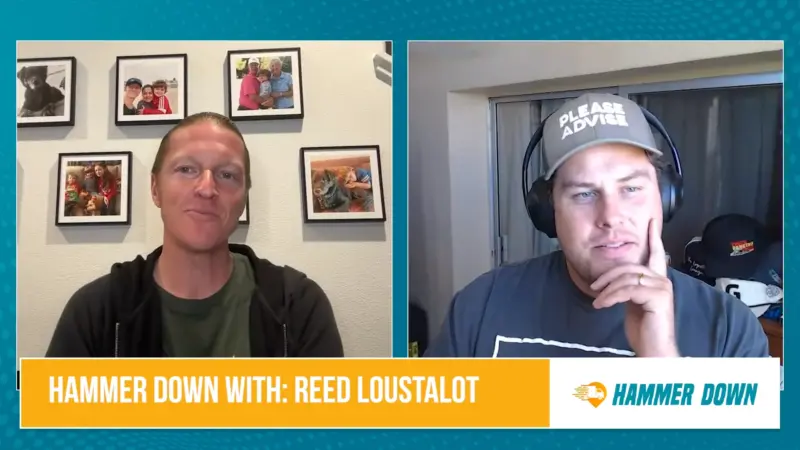Tax Incentives Are Key for Green Commercial Vehicle Adoption
The push toward greener logistics is gaining traction as concerns about environmental sustainability and climate change continue to grow. Traditional diesel-powered vehicles, long the backbone of the freight industry, are increasingly seen as unsustainable. The introduction of zero-emission vehicles like electric and hydrogen trucks is a promising step, but these technologies face significant barriers in terms of infrastructure and cost. Tax incentives, such as those highlighted in recent legislative measures, aim to bridge this gap by making green commercial vehicle adoption financially viable for companies.
The Inflation Reduction Act is continuing to incentivize businesses that rely on or operate commercial vehicles, through the rest of this year, to invest in eco-friendly alternatives that run on hydrogen fuel cells or batteries. Through the IRA, businesses can qualify for a credit of up to 30% of the commercial vehicle’s cost, creating an avenue for post-gasoline green commercial vehicle adoption at scale with few operational impacts or financial roadblocks.
Are more businesses taking advantage of these credits to embrace green commercial vehicle adoption? How important is a tax credit to the actual viability of green commercial vehicle adoption, and how might it impact a companies’ logistics, operational expenditures, and ESG goals? Mike Bush, a supply chain marketing expert, logistics trends analyst, and Head of Marketing at Talon Logistics, breaks down why he sees tax incentives like the IRA’s being so critical for moving the needle on reducing commercial freight’s carbon footprint.
“These incentives are great in that they start to push cost parity across their internal combustion engine approach. Right now, you can go buy a garbage truck for, let’s say, X dollars, but the zero emission version of that truck is going to be way more expensive,” Bush said. “Even to make it so that a fleet that wants to run zero emission vehicles can, we have to find ways to reduce the cost.”
Article written by Daniel Litwin.
Recent Posts

Artificial intelligence rapidly transforms modern supply chains, with companies like Arvist leading the charge. In a recent episode of Hammer Down, hosted by Mike Bush, Aaron Hatfield, the Head of Sales at Arvist, sheds light on AI’s practical applications and benefits in enhancing supply chain operations. Is AI in the supply chain a double-edged…

The freight industry is experiencing a wave of innovative approaches to tackle its longstanding challenges. With the market grappling with issues such as fluctuating rates and high turnover, unconventional solutions are becoming increasingly popular. Reed Loustalot, a prominent figure in this field, has introduced humor and creativity into freight management, gaining attention with his…

In today’s ever-evolving logistics industry, the relationship between freight brokers and trucking companies remains fraught with tension. This dynamic is crucial as it directly impacts the efficiency of goods movement across the country. Recent trends show a growing reliance on digital platforms, which, while enhancing technological efficiency, often undermine the essential human element of…







